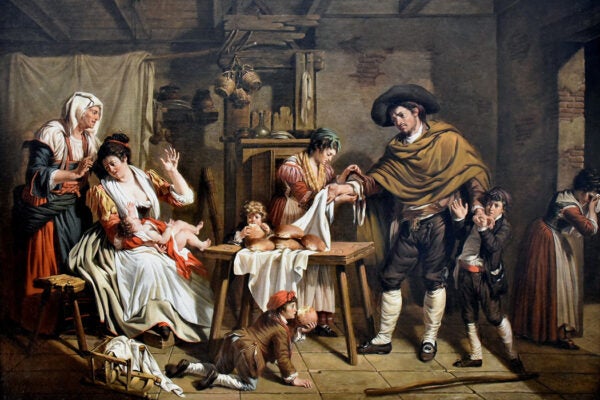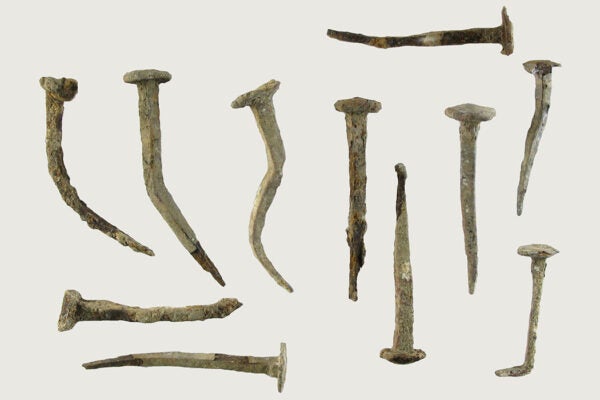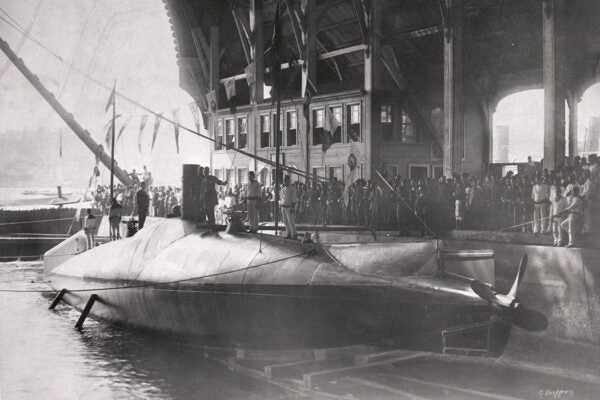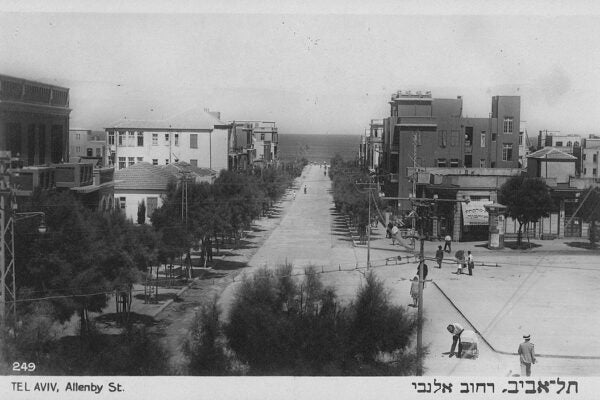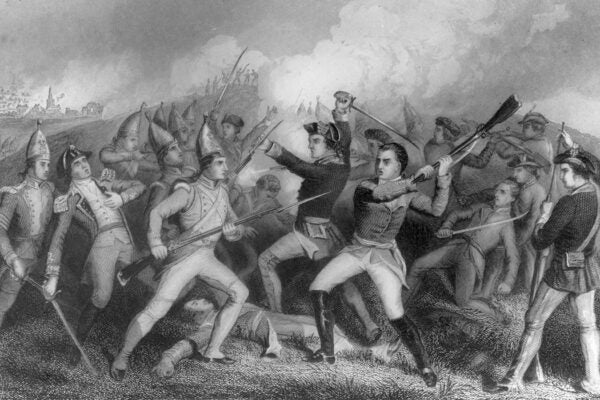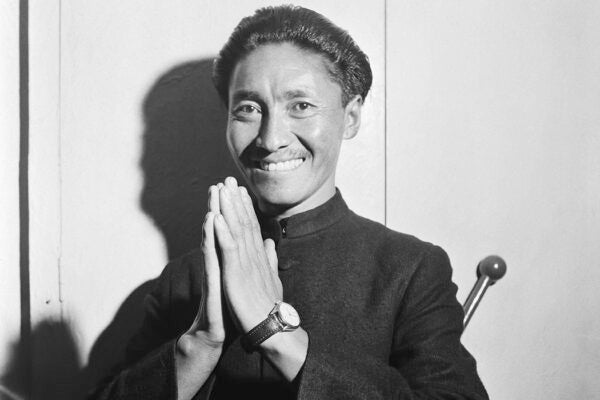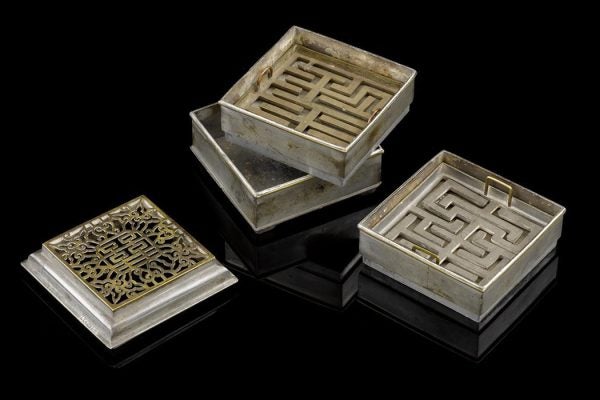The Flour War
In eighteenth-century France, the scarcity and price of flour was the base ingredient for what would become one of history’s bloodiest revolutions.
As You Lakh It
How did an oleoresin produced by insects in Asia become a standard part of European furniture manufacture and conservation?
Recycling… In Fifth-Century Britain
Once the Roman Empire crashed, so too did metal production in Britain. Luckily, scavenged metal could be reforged or used as is (because they needed spoons).
The Great Arms Bazaar of the Nineteenth Century
In the late nineteenth century, fed by the disintegration of the Ottoman empire, the European arms race created a global military surplus.
Electrifying the Arab-Israeli Conflict
Jewish immigrants and British authorities tried to sell electrification as a matter of business while Palestinian Arabs viewed it as a Zionist nation-building project.
Revolutionary Atrocity
For the Americans, narratives about the savagery of the British became an important part of nation-building and a moral justification for armed rebellion.
Punitive Portraits of the Renaissance
The Italian legal tradition called for the public display of a humiliating—but recognizable—portrait of the disgraced person.
Tenzing Norgay: The Mountaineer Who Refused to be Categorized
By remaining vague about his own biography, Norgay called into question the idea of nationhood and made a deafening point about actions speaking louder than words.
How Upper Lips Got Stiff
The truism that “boys don’t cry” is a Western social convention. Colonialism and imperialism made sure it spread East.
Keeping Time with Incense Clocks
As chronicled by Chinese poet Yu Jianwu, the use of fire and smoke for time measurement dates back to at least the sixth century CE.
